According to the Stroke Center, Bach Mai Hospital ( Hanoi ), the results of a meta-analysis of 23 studies involving more than 78,000 patients showed that the annual risk of ischemic stroke recurrence in patients with atrial fibrillation after a first stroke is 3.75%. Each year, 7.2% of patients who have used anticoagulants (OAC) experience a stroke. It is estimated that for every 6 patients with atrial fibrillation who have had a stroke, 1 person may have a stroke recurrence within 5 years.
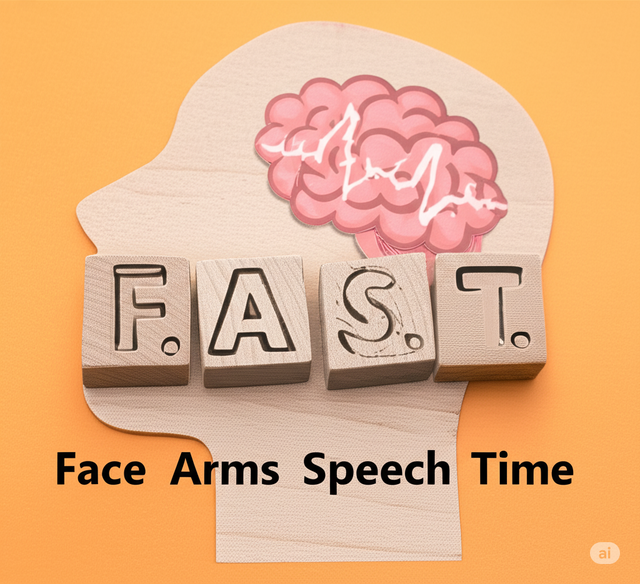
PHOTO: PHUONG AN CREATED BY GEMINI AI
For patients who have had a stroke due to atrial fibrillation, Associate Professor, Dr. Mai Duy Ton, Director of the Stroke Center, Bach Mai Hospital, noted: It is necessary to strictly follow the treatment regimen. Using anticoagulants as prescribed by the doctor is a vital factor. Patients absolutely must not stop taking the medicine, change the dosage or use someone else's prescription. Patients need to have regular check-ups so that the doctor can closely monitor their health, reassess the risks and effectiveness of the medicine and promptly adjust the treatment regimen if necessary.
Patients need to strictly control risk factors that increase the risk of stroke: high blood pressure, diabetes, dyslipidemia, overweight, obesity, and need to have a healthy lifestyle.
"Say no to cigarettes, limit alcohol as much as possible. Maintain a balanced diet rich in vegetables and fruits. Increase physical activity appropriate to your health condition. This is a solid foundation for a healthy heart and brain," Associate Professor, Dr. Mai Duy Ton advised.
Regarding the reason why atrial fibrillation increases the risk of stroke, a cardiovascular expert from Tam Anh Hospital in Hanoi said that atrial fibrillation is one of the common heart rhythm disorders, especially in patients over 60 years old. In atrial fibrillation, the heart beats irregularly and chaotically even when resting.
In patients with atrial fibrillation, the two upper chambers of the heart (called the atria) contract very quickly and chaotically, irregularly. This causes blood to pool in the atria, creating conditions for blood clots to form in the heart. These clots can then be pumped out by the heart, traveling through the blood vessels to the brain or other organs, causing strokes or acute blood vessel blockages in other parts of the body. Patients with atrial fibrillation have a 5-7 times higher risk of stroke than other patients.
What to do when you see signs of a stroke?
Doctors note that the community needs to remember the signs of stroke (FAST) and take emergency action: facial distortion (Face) , weakness of the limbs (Arm) , and speech disorder (Speech) . When detecting any of the above signs, it is necessary to act immediately (Time) by calling 115 emergency, or taking the patient to the nearest medical facility capable of treating stroke within the golden time.
Source: https://thanhnien.vn/nguy-co-tai-dot-quy-o-benh-nhan-rung-nhi-185250614184554297.htm


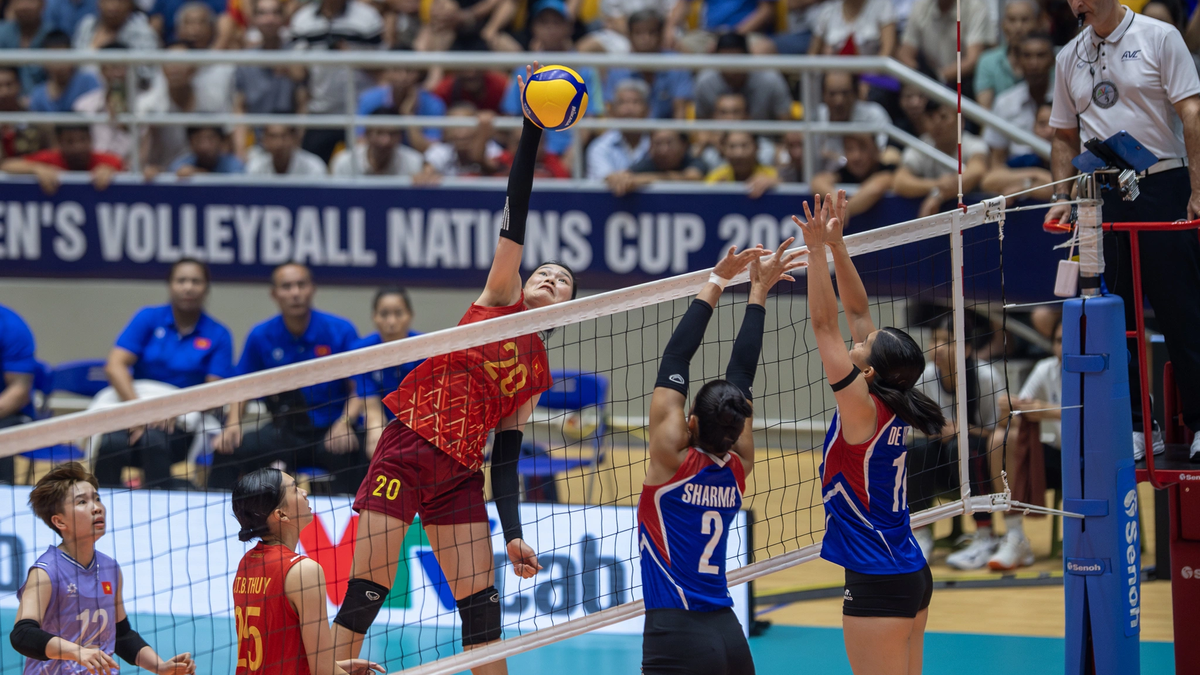










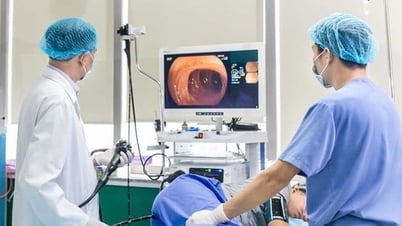











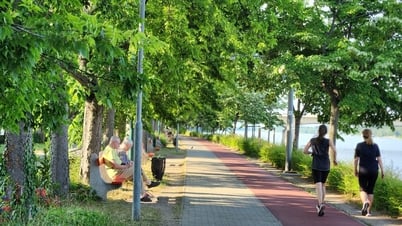
















































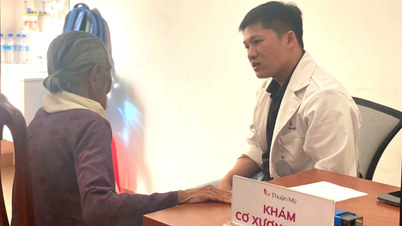




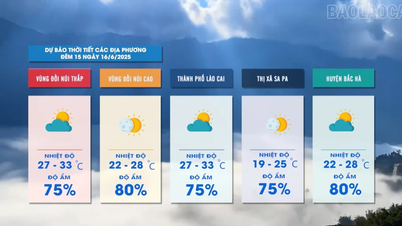















Comment (0)